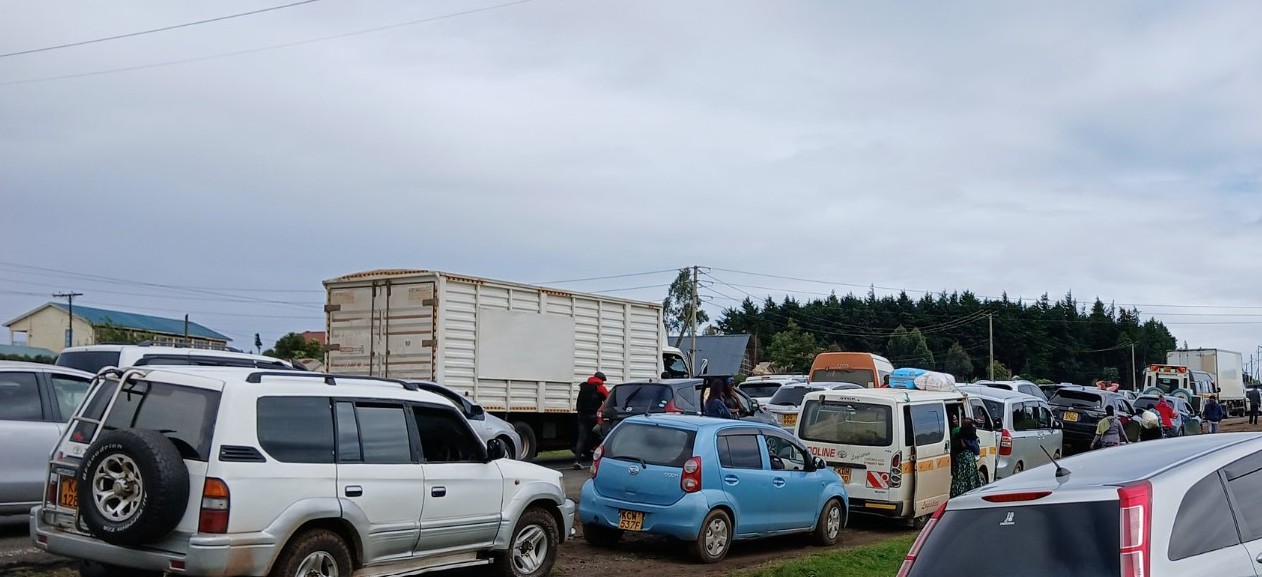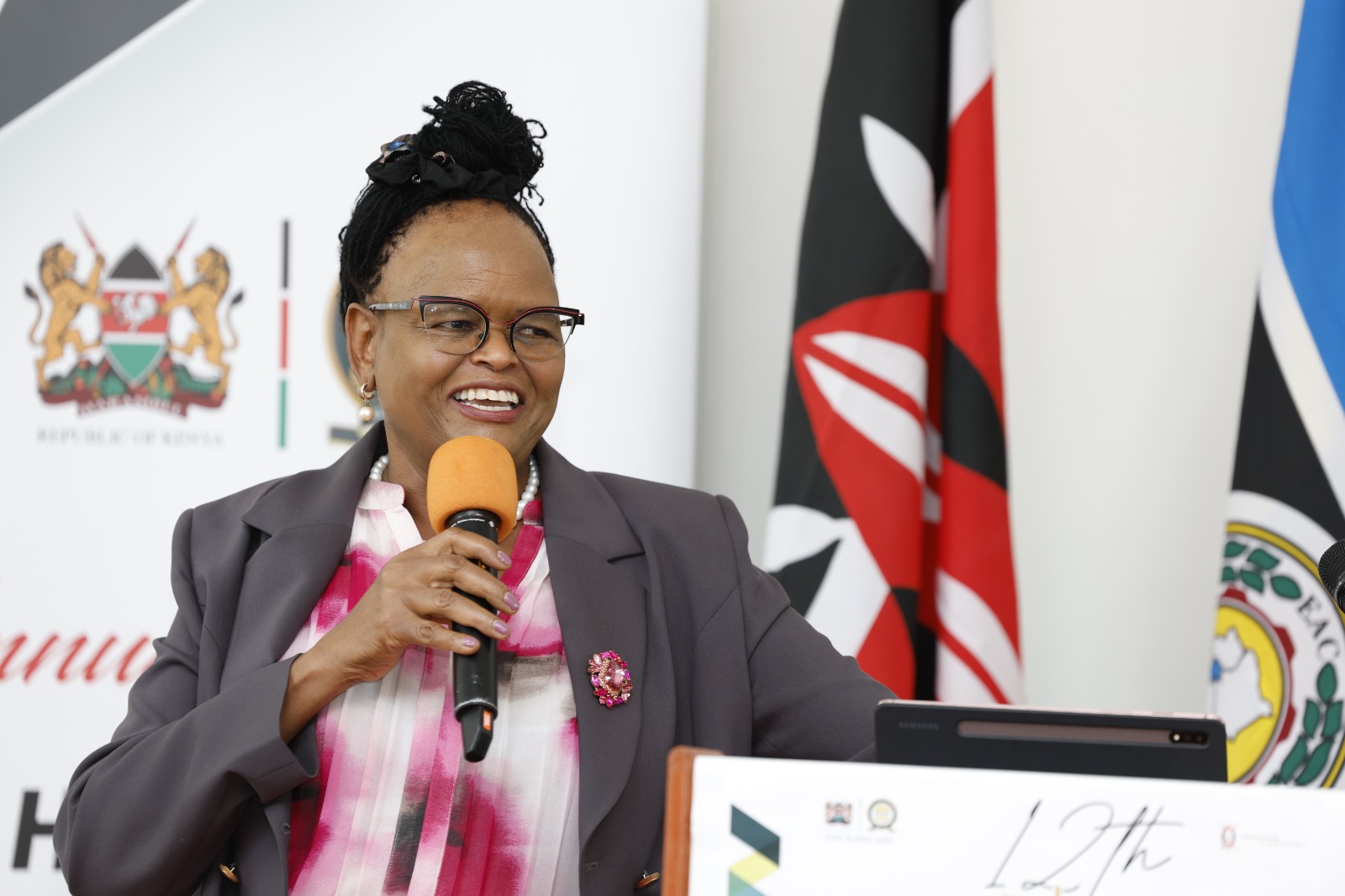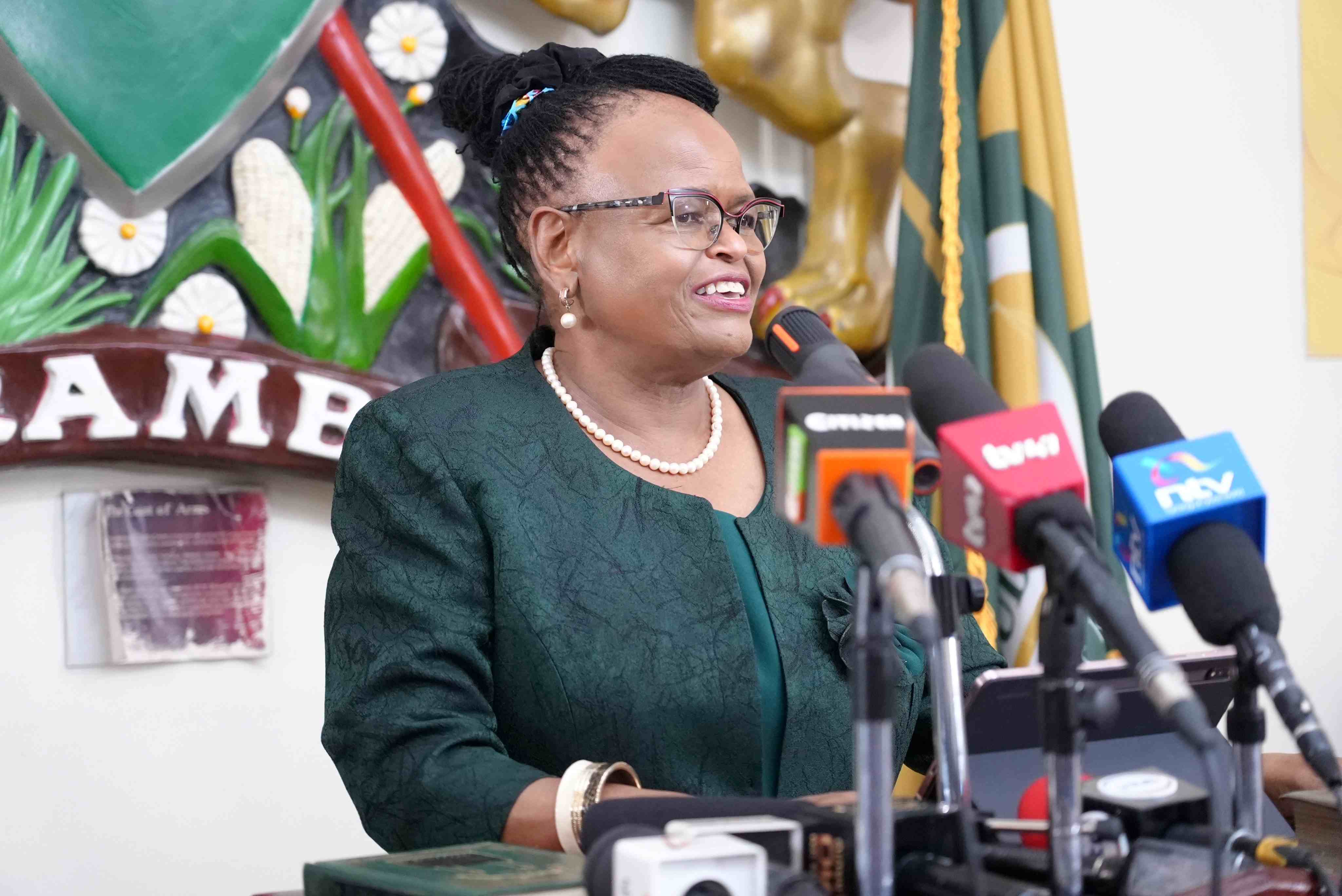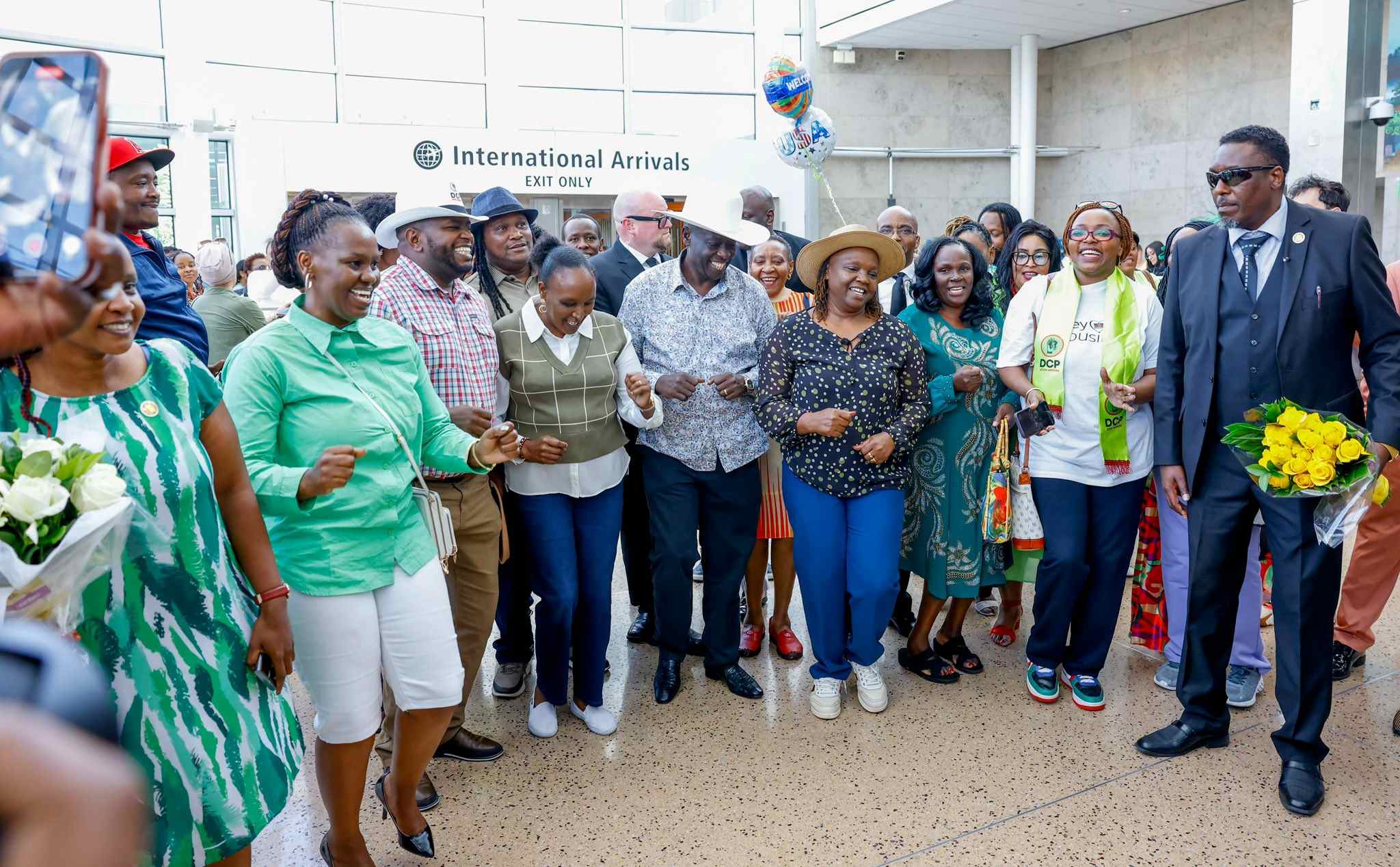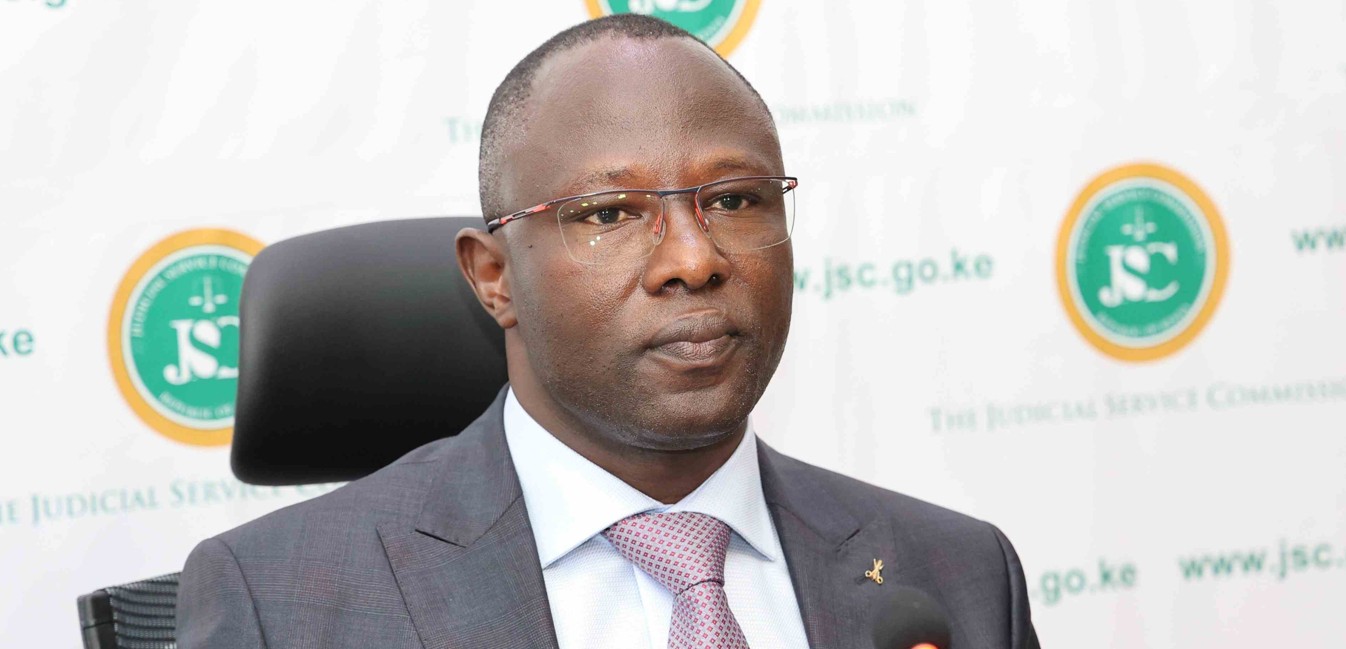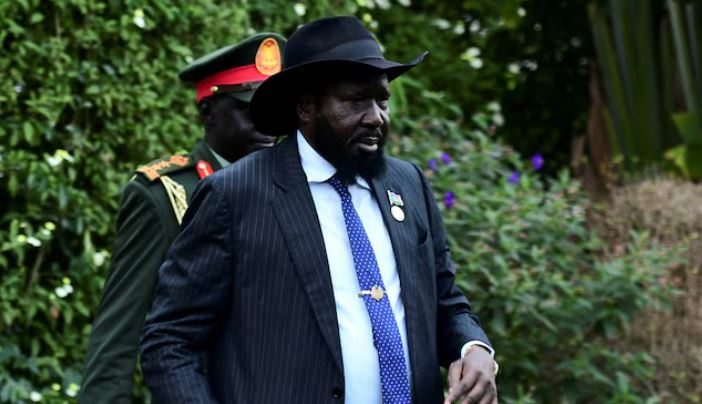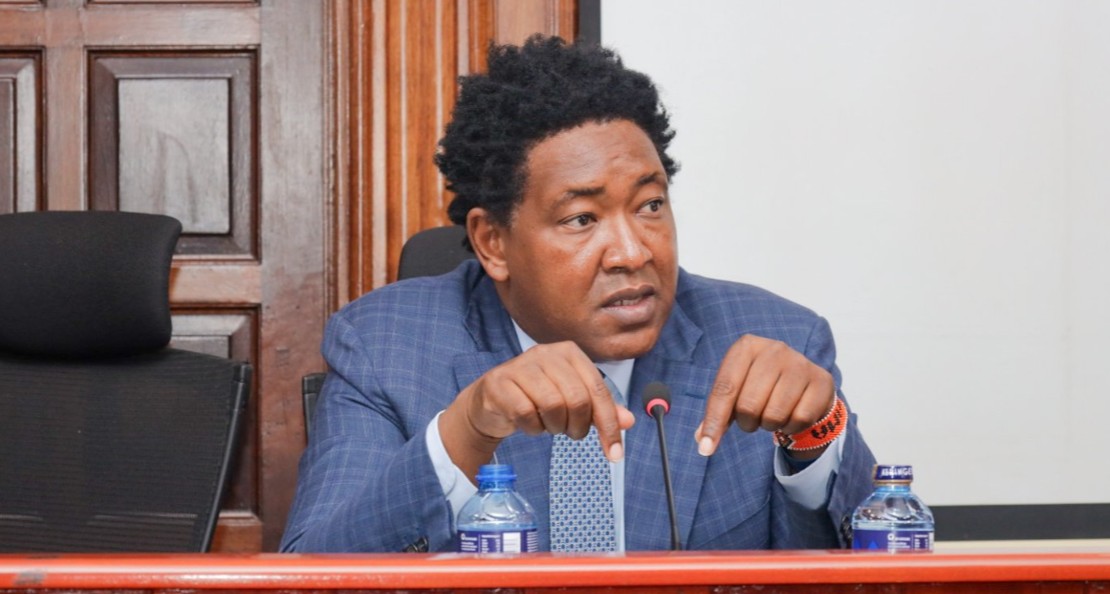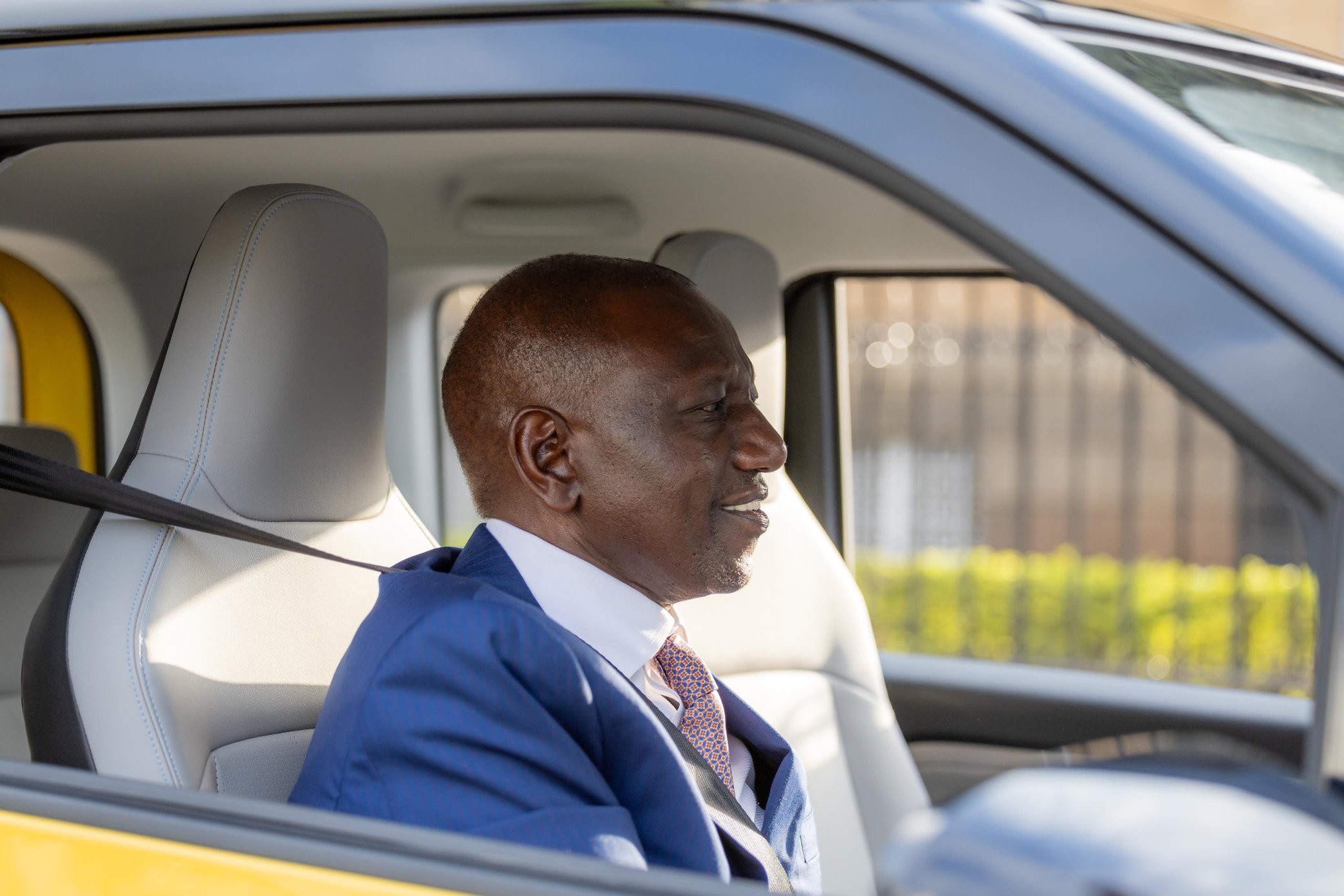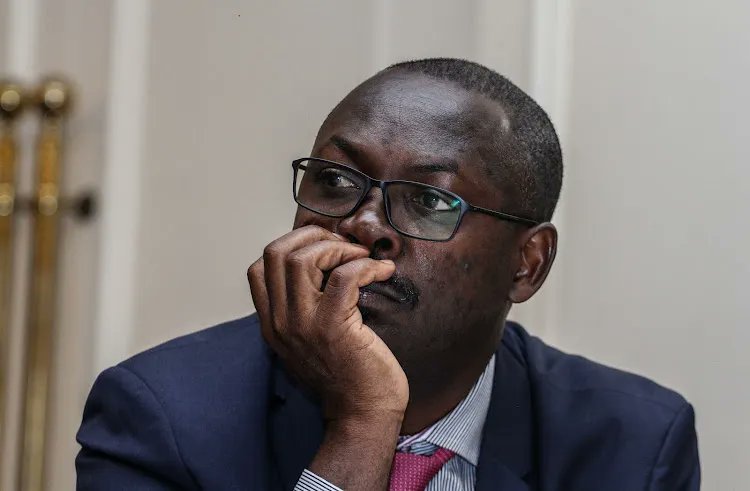State banks on technology to tackle rising road carnage
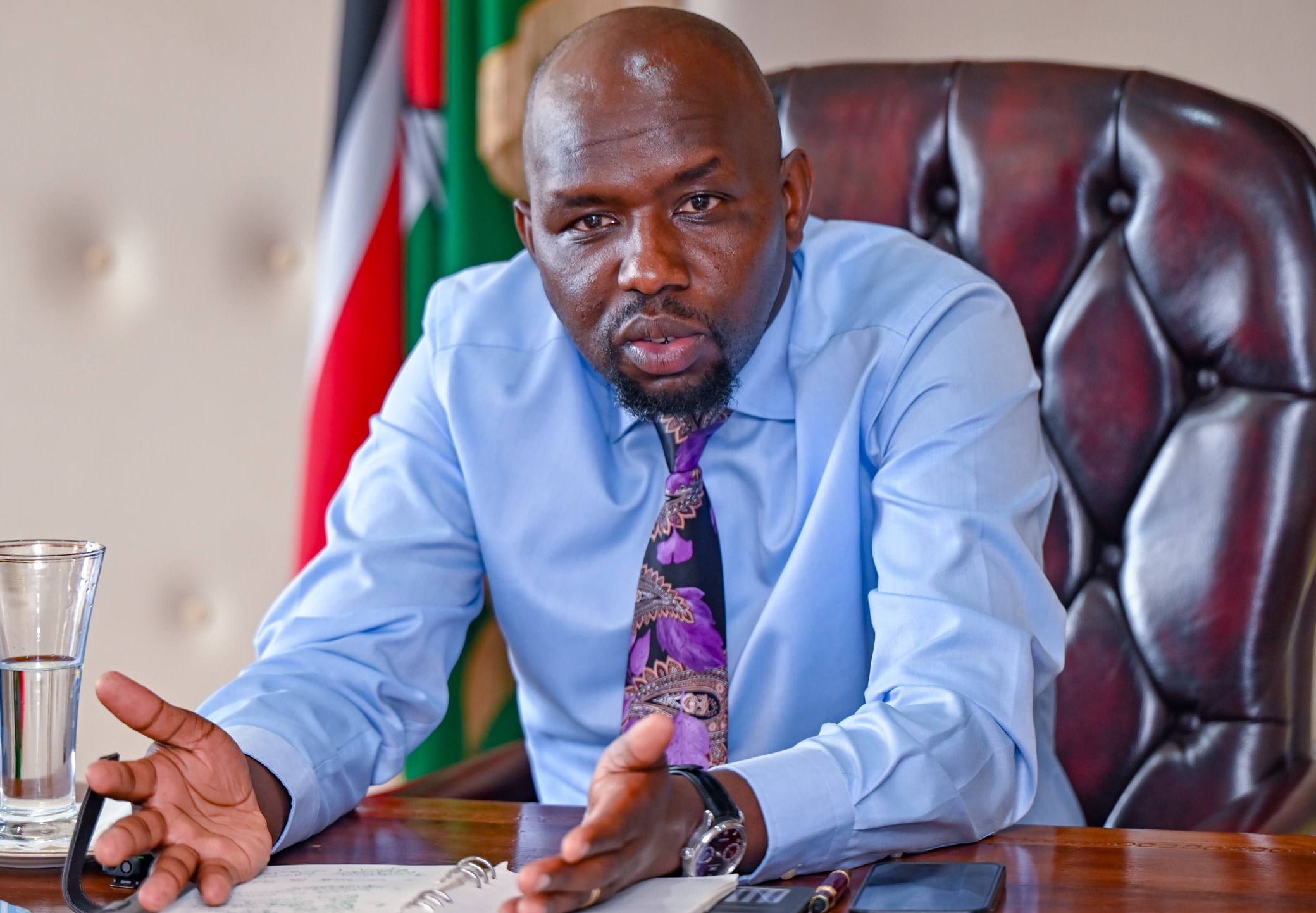
CS Murkomen said the government will deploy state-of-the-art speed cameras along major highways, with a focus on notorious hotspots such as the Mombasa-Malaba Highway.
In a bid to tackle the longstanding issue of road carnage in Kenya, the government is turning to technology as a solution.
Transport Cabinet Secretary Kipchumba Murkomen on Monday said that the government has outlined a series of initiatives aimed at leveraging modern advancements to address road safety concerns.
More To Read
- Police intensify search for missing pistol following NSSF chairman's car crash
- Oil tanker overturns on Southern Bypass, section temporarily closed
- Two injured as Super Metro bus collides with lorry on Juja Road
- Five tourists killed in road accident on Ol Jororok–Nakuru road
- State agencies ordered to adopt digital number plates by August
- Trial begins in 2023 crash that killed five Somali American women
He outlined the government's commitment to implementing measures that utilise technology to mitigate risks associated with speeding and driver negligence.
"Since we came to office, I promised the country that the best interventions we are going to make are to use modern technology to sort out the problems that have bedevilled us for a long time. The first thing is to make sure that we deal with speed," he said.
"Speed is the first killer on our roads and to combat this, we are deploying state-of-the-art speed cameras along major highways, with a focus on notorious hotspots such as the Mombasa-Malaba Highway," Murkomen added.
Earlier this month, The National Transport and Safety Authority (NTSA) identified tampering with speed limiters and reckless driving as primary contributors to fatal road accidents.
Samuel Musumba, NTSA Road Safety and Strategies Manager pointed out that some operators collude with speed governor vendors to manipulate their devices to only transmit minimum speeds, leading to a fleet of vehicles transmitting identical speeds, such as 70 km/h, on the same stretch of road.
Noting, the uniqueness of these speed cameras, Murkomen explained, that they are not ordinary cameras as they are the fastest speed cameras used worldwide, operating autonomously without the need for human intervention.
"They will capture vehicle license plates and issue instant fines for speeding violations," he said.
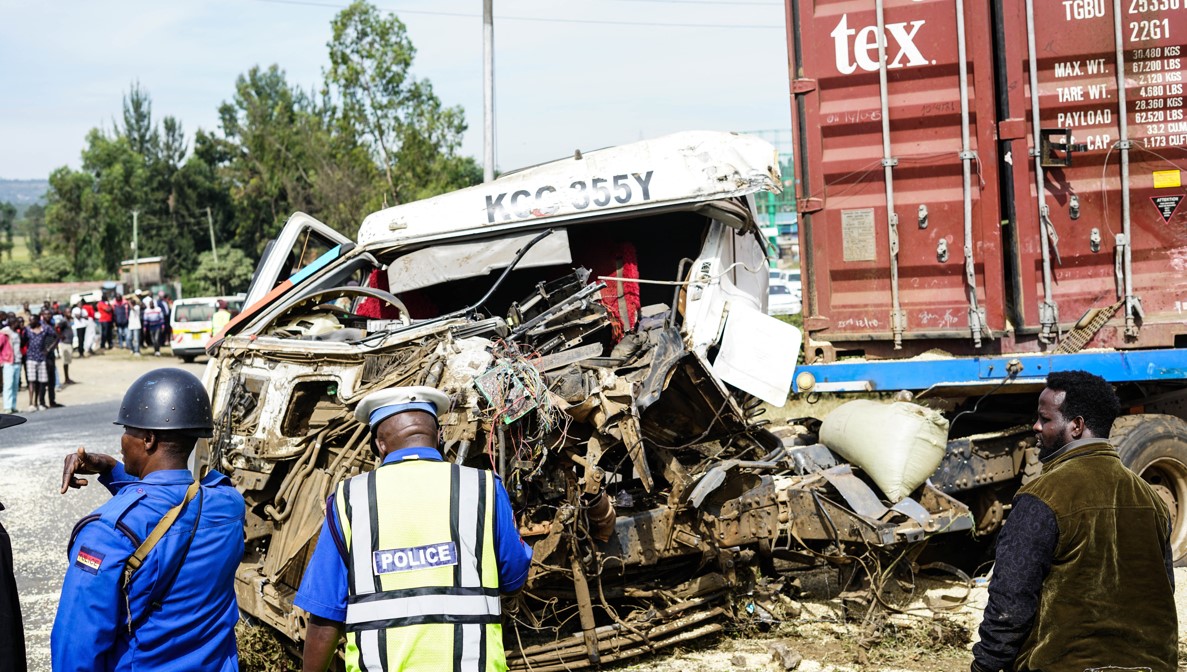 Police officers inspect incident site after a truck and two cars crashed on the Nakuru-Eldoret highway causing at least 8 casualties in Nakuru city of Kenya on December 31, 2023. (Photo: James Kamau/ANADOLU/Anadolu/AFP)
Police officers inspect incident site after a truck and two cars crashed on the Nakuru-Eldoret highway causing at least 8 casualties in Nakuru city of Kenya on December 31, 2023. (Photo: James Kamau/ANADOLU/Anadolu/AFP)
Monitoring vehicle activity in real-time
In addition to the deployment of speed cameras, the CS said that the government will introduce the concept of vehicular telematics, a system designed to monitor vehicle activity in real-time.
"Vehicular telematics will enable us to monitor vehicles, including their speed, throughout the day," Murkomen elaborated.
The National Transport and Safety Authority will oversee a centralised control room, allowing for comprehensive monitoring of vehicles at entry points across the country.
These initiatives are included in the National Road Safety Action Plan which will be launched by President William Ruto on Wednesday
Addressing concerns about enforcement and compliance, the CS emphasised the mandatory adoption of vehicular telematics in school transport systems.
As a result, all school buses will be equipped with mandatory vehicle telematics, ensuring enhanced safety standards for students.
"This measure will provide schools with better control over vehicle operations, including adherence to designated routes and time schedules," Murkomen added.
The CS further unveiled plans to implement biometric technology for vehicle ignition, aimed at addressing concerns regarding driver fatigue and compliance with legal driving hours.
"Drivers will be required to authenticate their identity using biometrics before igniting the vehicle engine," Murkomen explained.
"This will help ensure compliance with driving hour regulations and promote safer road practices."
The CS said these innovative measures signify a new era in road safety enforcement.
"By harnessing the power of technology, we aim to significantly reduce road fatalities and create safer roads for all Kenyans," he said.
Top Stories Today
